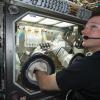Aerospace
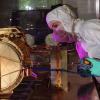 The Europa SUrface Dust Analyzer, developed at the Laboratory for Atmospheric and Space Physics, will investigate Jupiter’s icy moon.
The Europa SUrface Dust Analyzer, developed at the Laboratory for Atmospheric and Space Physics, will investigate Jupiter’s icy moon.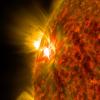 How 1,000 CU Boulder undergraduate students helped answer one of the most enduring questions about the sun.
How 1,000 CU Boulder undergraduate students helped answer one of the most enduring questions about the sun.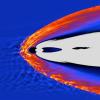 Six CU Boulder scientists have been selected to contribute their expertise on committees and panels of the Decadal Survey for Solar and Space Physics (Heliophysics) 2024-2033.
Six CU Boulder scientists have been selected to contribute their expertise on committees and panels of the Decadal Survey for Solar and Space Physics (Heliophysics) 2024-2033.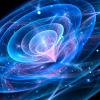 CU Boulder engineers and physicists are working with NASA as part of a multi-university institute seeking to advance quantum sensing technology for next-generation Earth science applications.
CU Boulder engineers and physicists are working with NASA as part of a multi-university institute seeking to advance quantum sensing technology for next-generation Earth science applications.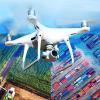 Smead Aerospace will house a new NSF Industry-University Cooperative Research Center (IUCRC) on autonomous air mobility and sensing.
Smead Aerospace will house a new NSF Industry-University Cooperative Research Center (IUCRC) on autonomous air mobility and sensing.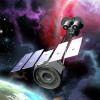 Over the next two years, CU Boulder undergraduates working as flight controllers at the Laboratory for Atmospheric and Space Physics (LASP) will help manage the day-to-day mission operations of NASA’s Imaging X-Ray Polarimetry Explorer (IXPE) spacecraft.
Over the next two years, CU Boulder undergraduates working as flight controllers at the Laboratory for Atmospheric and Space Physics (LASP) will help manage the day-to-day mission operations of NASA’s Imaging X-Ray Polarimetry Explorer (IXPE) spacecraft.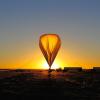 CU Boulder’s Laboratory for Atmospheric and Space Physics continues to build a legacy of expanding the frontiers of scientific knowledge.
CU Boulder’s Laboratory for Atmospheric and Space Physics continues to build a legacy of expanding the frontiers of scientific knowledge.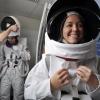 As the top public university for NASA research funding, CU Boulder is famous for aerospace.
As the top public university for NASA research funding, CU Boulder is famous for aerospace. Jamie Principato wants to ensure that blind students can excel in science and engineering careers. So the CU undergraduate is parlaying her own experience in designing and building space instruments to help them get the training they’ll need.
Jamie Principato wants to ensure that blind students can excel in science and engineering careers. So the CU undergraduate is parlaying her own experience in designing and building space instruments to help them get the training they’ll need.